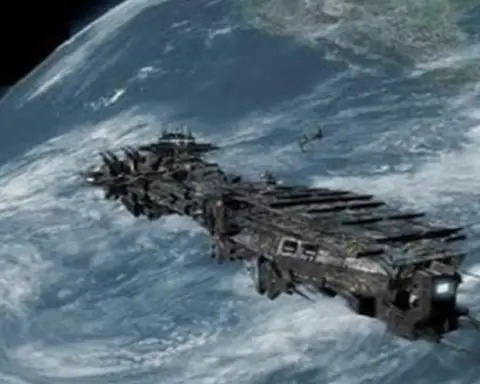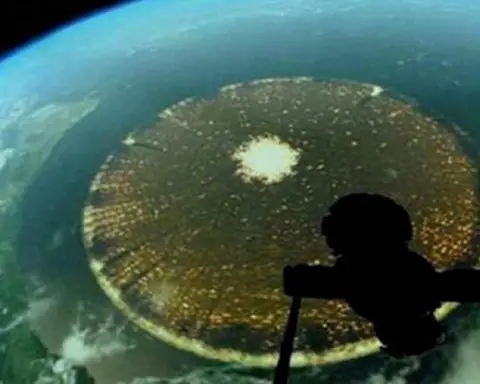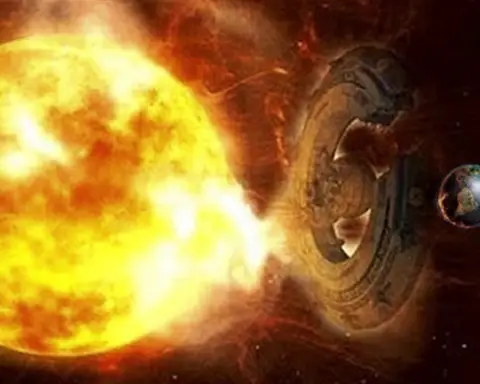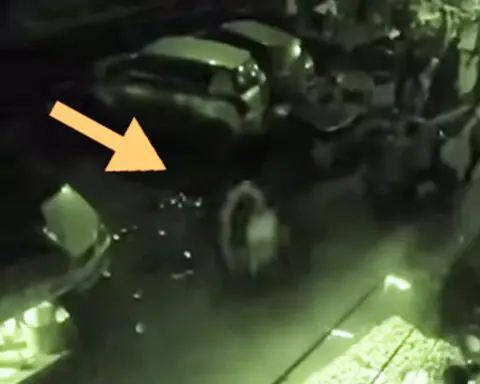The Valley of Wonders, located in a desert location with difficult access from the Alps in the Provence region of France, is an exceptional sight with several cave paintings. Who designed them? In these mountain valleys, what civilisation once thrived? This is a subject about which little is known.
Mount Bego, with an elevation of 2873 meters, guards the region to the northeast. For the name Bego, several etymologies have been proposed. He could be from the Provencal begon, which means wizard, or beg, which means senior, but he seems to have a link to beugh, the roar of bulls or oxen. In actuality, these animals are mentioned in 16,000 pictures, with 45,000 of them being more or less named.

The Valley of Miracles is located between 2100 and 2600 meters above sea level, and two neighboring mountains are named “Bull’s Horn” and “Goat’s Horn Peak,” leading us to believe that the Valley of Miracles was formerly a place for breeding animals, as well as the mystical worship of the bull.
The bull (or ox), forks with teeth, rectangles, knives, weapons, human silhouettes, and harpoons that are strikingly similar to the letters of the Phoenician alphabet are the most commonly depicted motifs in cave paintings. Drawings of Easter Island can also be found here! Wizards, dancers, bulls, and humans driving a pair of oxen are among the other pictures.
These drawings are thought to date from the 5th century BC, but archaeologist Carlo Conti believes they are 4,000 years old, if not 5,000 years old.






